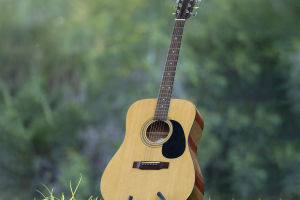The Arctic region is known for its harsh climate characterized by extremely cold winters and cool summers.
Similar to the Antarctic, the Arctic experiences polar days and polar nights, with the polar night lasting for six months from September 23 until April, followed by six months of polar days.
Precipitation in the form of snow is the primary type of precipitation in the Arctic, with the region experiencing low precipitation levels throughout the year, typically less than 50 cm in most areas. However, precipitation levels are still significantly higher than those in the Antarctic.
The Arctic is also characterized by high winds that roll up snow and ice, giving the impression of uninterrupted snowfall. The temperature in the Arctic can drop as low as -40°C in winter, with the lowest recorded temperature being -68°C.
Due to the Arctic's cold surface, the air condenses and sinks, leading to the formation of a polar high-pressure climate.
The question of how ancient Eskimos coped with the extreme winter weather conditions and built their houses and villages arises. Although Arctic architecture is a small category in the history of human architecture, Eskimo architecture, like other human communities, had a whole set of rules for houses and buildings.
These rules not only provide the Eskimos with the interior space they need to live in, but they also establish certain relationships for social interaction and the organization of social order.
Through architecture, Eskimos are united by blood and family, making them an essential part of group life. Both ancient and present-day Eskimos have a unique form of architectural space that is novel to modern eyes.
In many prehistoric communities worldwide, the limited production capacity of the time made it possible for people to gather regularly in small dwellings at some times of the year. Squares and terraces played an important role even in the earliest human communities.
However, when bad weather arrived, houses had to be built with both family and community relations in mind. The Arctic houses built by the Eskimos fit this logic perfectly. Their architecture and building layout can effectively enhance the social ties of the Eskimo community to ensure that everyone can get out of trouble when difficulties arise.
Thus, regardless of the construction method, winter Arctic houses consist of private places where private activities occur alongside public and communal spaces where community and communal activities occur.
Bedrooms are generally located at the rear or edge of the house layout and are separated or regulated by wooden partitions, passageways, and thresholds. Common areas of the house include entry porches, tunnels and tunnel niches, kitchens, and storage boxes.
Eskimos live in extremely low temperatures, with temperatures sometimes reaching as low as -50°C. Even though their houses are built with ice and snow, they can warm themselves with a fire that reaches temperatures of up to 600°C. Even so, the ice house will not melt, which is truly magical.
The Arctic region's climate presents significant challenges, and the ancient Eskimos had to develop unique architectural solutions to cope with these challenges.
Through their architecture, the Eskimos were able to create interior spaces for living, establish relationships for social interaction, and create a sense of social order. These architectural designs have helped the Eskimo community withstand the Arctic's harsh winter weather conditions for centuries.


